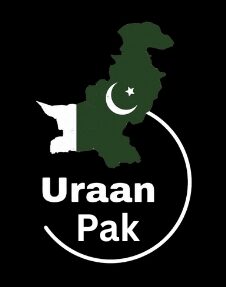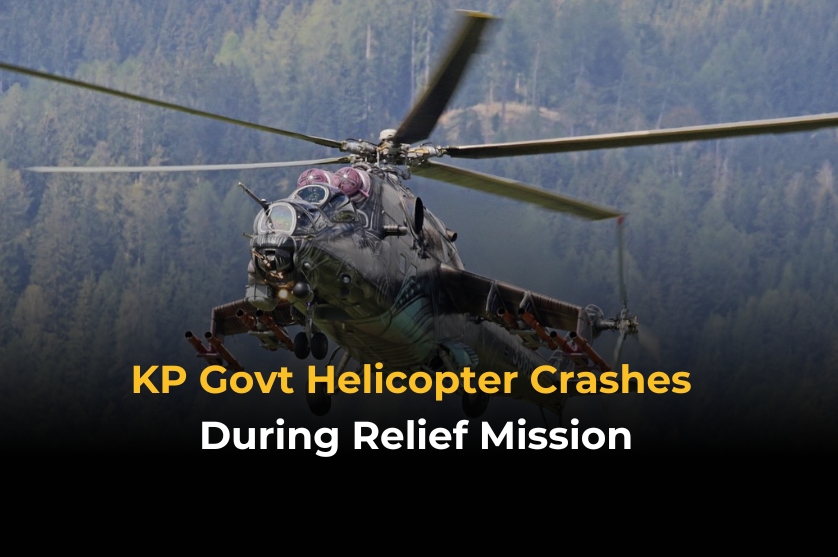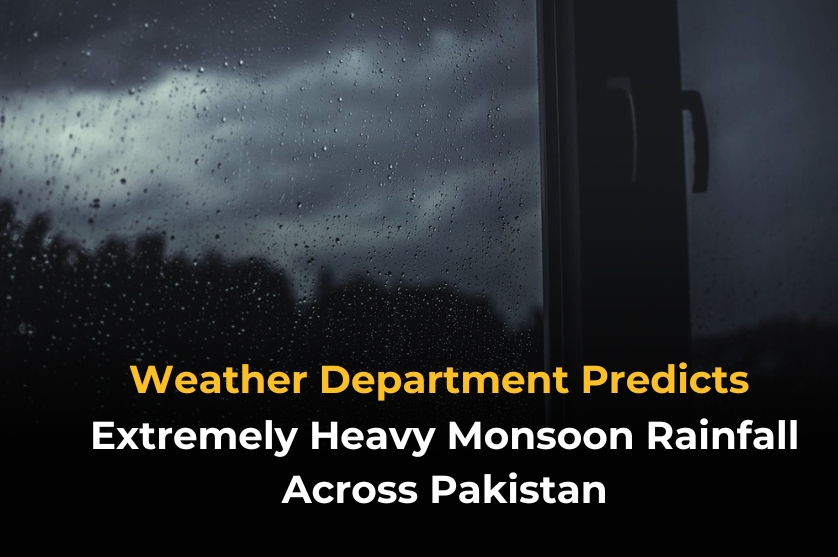KP Rescue Helicopter Crash While on Relief Mission Shakes Province
The sky above Khyber Pakhtunkhwa was an agitated ocean of black clouds when the KP rescue helicopter crash shocked the province. An MI-17, carrying vital flood relief material, was cutting through incessant rain towards Bajaur, where flash floods had engulfed roads and villages. Locals in the area of Sokai close to Chengai Banda gazed upwards to witness the helicopter fighting against torrential gusts before vanishing into the fog. It was moments later that a cacophonous crash ended the mission—and took five brave lives.
Click here for more Updates
How the Disaster Unfolded
On 15th August 2025, the Khyber Pakhtunkhwa government helicopter lost communication while on its mission to provide relief to flood-affected areas in Salarzai Tehsil of Bajaur district.
Chief Secretary Shahab Ali Shah confirmed that the communication loss was due to adverse weather conditions. A second government helicopter was simultaneously operating relief work in Buner, indicating the extensive nature of the crisis.
As a tribute to the martyred, the provincial government ordered a day of mourning, hoisting the national flag half-mast. Chief Minister Ali Amin Gandapur called the crew “our real heroes” and pledged that their martyrdom would be “remembered in golden words.
Monsoon Floods — The Bigger Picture
KP rescue helicopter crash occurred in the midst of catastrophic monsoon floods ravaging Khyber Pakhtunkhwa, Azad Jammu and Kashmir (AJK), and Gilgit-Baltistan (GB). Torrential rains and cloudbursts in KP alone resulted in extensive damage and claimed the lives of at least 146 individuals within 24 hours.
PDMA reported that 126 men, 12 children, and 8 women were among the dead. At least 35 homes have been reduced to rubble—seven completely and 28 partly—while some places were inaccessible because of landslides and fallen bridges. Among the worst-hit districts are Bajaur and Buner, which rescue teams had tremendous problems reaching.
The Human Toll and Emotional Impact
In the Jabbarai area of Salarzai, entire villages have been displaced, with families now sheltering in temporary camps. Rescue 1122 teams are continuing their search for survivors. So far, 21 bodies have been recovered, while seven people remain missing. Three injured individuals have been rescued and transported to hospitals for prompt medical care.
The crash also shook the nation’s leadership. Governor Faisal Karim Kundi termed the martyred crew members as “national benefactors,” and Speaker National Assembly Sardar Ayaz Sadiq deeply mourned, terming those who lose lives in service during calamities as “the true heroes of Pakistan.”
A Reminder of Courage and Preparedness
This disaster highlights theordinate dangers facing rescue efforts in Pakistan’s mountains and flood-ravaged areas. With the road network marred by flood destruction, air missions then become the sole effective lifeline—but one fraught with life-risking hazards, particularly in unstable monsoon conditions.
The KP helicopter crash has evolved as a symbol of sacrifice and the imperative need for enhanced disaster preparedness. Experts emphasize that investing in weather monitoring, pilot training in adverse conditions, and infallible rescue infrastructure is crucial in an effort to reduce such losses in the future.
Conclusion:
As the province weeps, relief efforts go on unabated, fueled by the same spirit of service that took the lives of the MI-17 crew. The tale of the KP rescue helicopter crash is one of loss but not loss alone—it is one of steadfast commitment to serve and keep safe, even in adverse circumstances.





